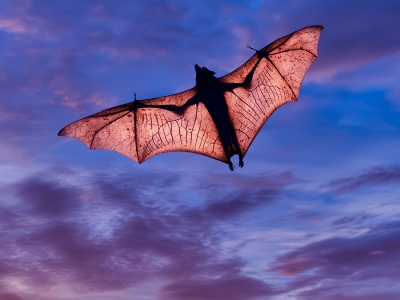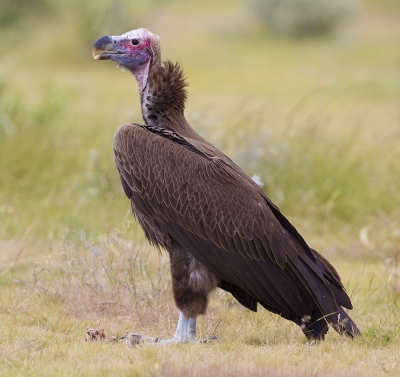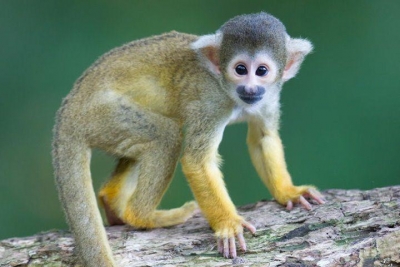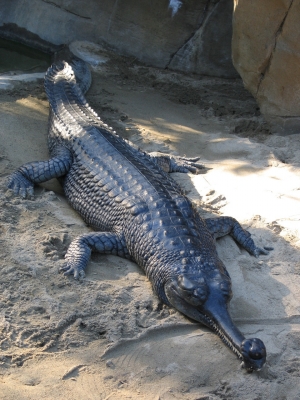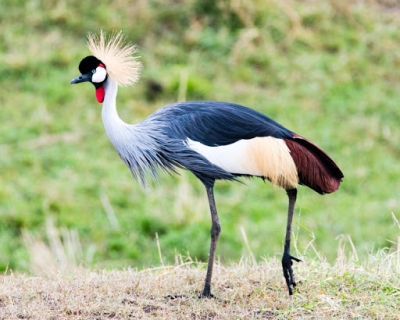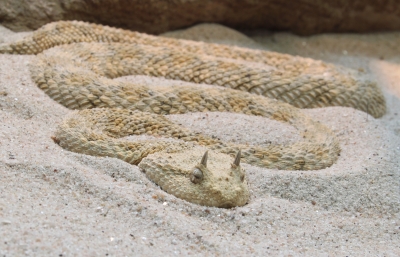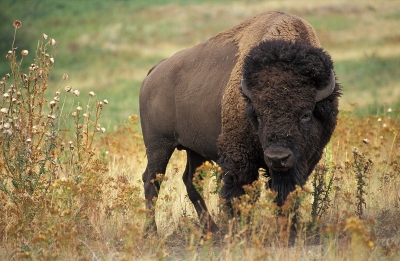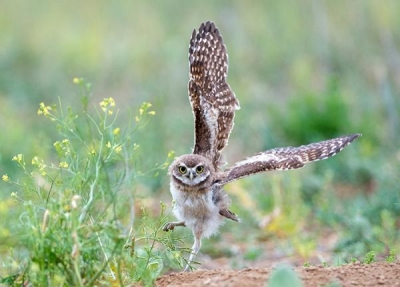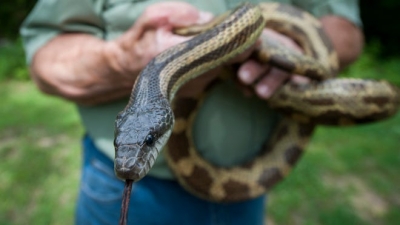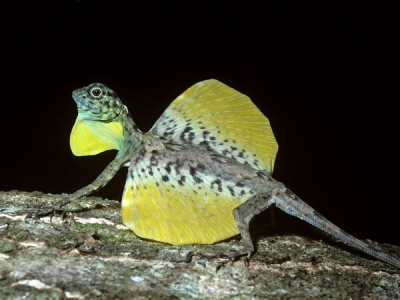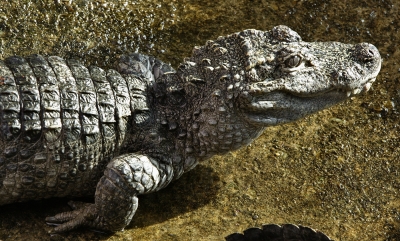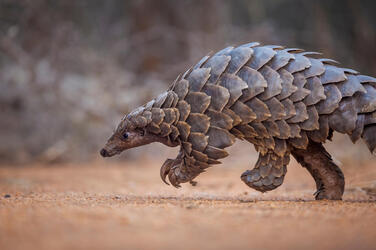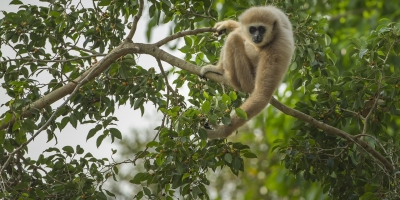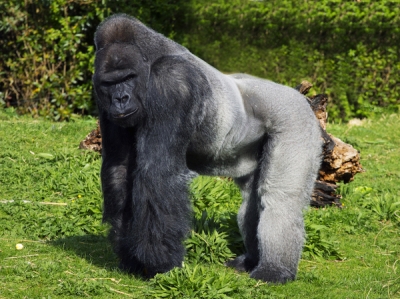How do we know humans and chimpanzees evolved from a common ancestor?
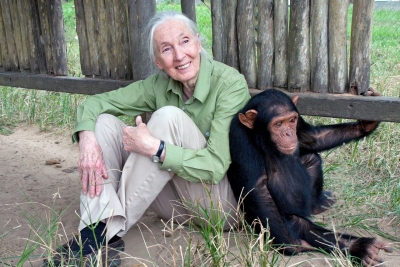
It is a misunderstanding that humans evolved from chimpanzees, we do share a common ancestor, though. And, sharing a common ancestor means sharing a lot of traits too. Come, let's find out more about these similarities and how they helped debunk a certain myth.
A common ancestor
Chimpanzees and humans are primates, and as mentioned earlier, share a common ancestor. One group of this ancestor evolved to become modern chimpanzees (a great ape) while another evolved to become early humans, finally leading to Homo sapiens modem humans. Which perhaps explains why chimpanzees are our closest relatives today. It is said that chimpanzees share about 99% of our DNA. For humans, this is a percentage much higher than what we share with other great apes or even other primates such as monkeys.
Many similarities
The most significant contributions towards establishing the similarities between chimps and humans, and debunking the myth that certain traits were uniquely human came from pioneering English primatologist and anthropologist Jane Goodall.
Having spent most part of her f adult life studying chimpanzees in the wild, she noticed a chimp using a twig to fish out termites from a nest. This was about six decades ago, when it was commonly accepted that only humans could create and use tools.
When the primatologist informed her boss back then about what she had seen, he's believed to have famously joked:
"Now we must redefine man redefine tools, or accept chimpanzees as humans." Trailblazing Jane Goodall made a few other "epic discoveries" too that highlight the similarities between chimps and humans. These are hunting: engaging in war against rival groups" and killing "members of their own species"; strong bonds between mothers and young ones, and among siblings and compassion - as first witnessed when one chimp comforted a mourning chimp, and through the adoption of an orphaned chimp.
Picture Credit : Google
